The Complete Guide for Replacement Double Pane Glass
Welcome to your all-inclusive resource for replacement double pane glass and insulated glass solutions tailored for chilly climates. The type of glass you choose can significantly affect your home’s energy efficiency, coziness, and overall market value.
Throughout this guide, we’ll explore ways to elevate your energy savings and explore low-emissivity (Low-E) glass options. We’ll also navigate through various shapes, tints, patterns, and grillwork to satisfy your aesthetic needs.
Scroll down to the relevant sections for those primarily interested in enhancing the look rather than boosting energy efficiency.
What You Should Know About Double Pane Glass
Double-pane glass units consist of two panes of glass held apart at an equal distance by a spacer, then sealed on the edges.
Insulated glass units are essentially a unit comprising two glass sheets separated by a central spacer and hermetically sealed around the edges. These insulated glass units elevate your home’s comfort level, diminish energy consumption, and reduce noise pollution from the outside world.
When paired with low-emissivity or Low-E glass, they offer additional protection against damaging ultraviolet light, safeguarding your flooring and furniture. Double-pane glass is a standard requirement to comply with all building and energy codes.
While these insulated glass units are robust, they’re not invincible. Many people mistakenly equate window glass failure with actual glass breakage. Often, seal failure leads to foggy or moisture-filled glass — not damaged glass itself.
The seals in these double- or triple-pane systems can become vulnerable over time due to various factors:
- UV rays
- Moisture
- Temperature swings
- Age
- Accidental damage
Note: It’s worth mentioning that transporting double- and triple-pane glass across varying altitudes poses its own unique set of challenges and can also be a culprit in seal failure.
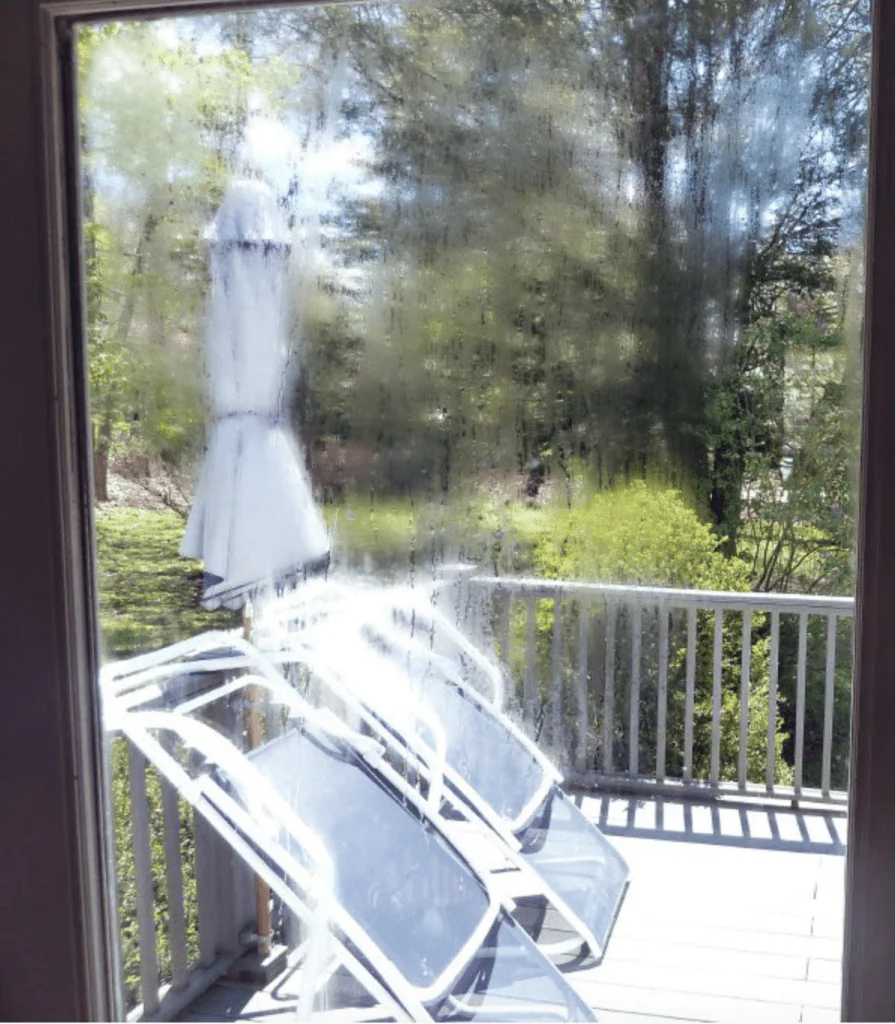

Elevate Your Home's Efficiency: Beyond the Basics
Double-pane windows already do a fantastic job of bolstering energy efficiency, thanks to their dual layers of glass separated by a cushion of air. This insulation layer significantly diminishes the outside temps that seep through the glass, making your home cozier in summer and winter. The added benefit? You can comfortably stabilize your thermostat settings, increasing energy savings and simplifying smart home management.
The Triple-Pane Window: An Older Solution with a Niche Use
In years past, triple-pane windows were all the rage for those looking to maximize energy efficiency and comfort. Adding an extra pane, they feature three layers of glass, with two insulating air spaces in between. However, advancements in other energy-saving techniques have relegated triple-pane windows to a less common option when looking to replace glass.
That said, triple-pane windows do come with some caveats. They’re notably heavier and more challenging to operate, often necessitating a more robust window frame and construction. Nonetheless, incorporating two panes of Low-E replacement glass in a triple-pane configuration can result in an incredibly energy-efficient window setup.
Understanding Low-E Glass: The Science Behind the Sheen
Low-E glass, or Low Emissivity glass, is a marvel of thermal performance. In cooler climates, this specially engineered replacement glass acts as a mirror for heat, reflecting it into your interior spaces. Meanwhile, it works the opposite way in warmer environments, deflecting heat out. Beyond its thermal properties, Low-E glass offers partial UV protection—meaning it’s a guardian for your comfort and furnishings.
Hard Coat vs. Soft Coat: The Two Sides of Low-E
There are two kinds of a Low-E coating on glass—hard and soft coats. Hard coat Low-E is manufactured by depositing a microscopically thin metal layer onto the glass. This variant is notably durable and excels at harnessing passive solar heat transfer. It’s often the more budget-friendly choice as well.
On the other hand, soft-coat Low-E glass receives its coating after manufacturing. Though less durable, it provides superior insulation and is generally used in double-coating applications for windows rated by the Home Energy Rating System (HERS).
Local Building Codes and Low-E Glass
Local building codes may demand more stringent energy efficiency standards than Energy Star requirements. In such cases, double-pane windows with soft coat Low-E glass could be an effective alternative to triple-pane windows for meeting HERS standards. Sometimes required by law, soft-coat Low-E double panes are more susceptible to early-stage failure, often manifested as a pattern resembling a petri dish.
Consistency Matters in Large Installations
For those with large window installations, such as storefronts, it’s crucial to use glass from the same manufacturer to ensure uniformity in the Low-E application. Contrary to common perception, it’s not the window but the original glass manufacturer significantly influencing the end product. Local glass companies often have specialized tools to identify the manufacturer and type.


Additional Notes on Low-E Glass
Light and Space: The VLT Factor
Visible Light Transmittance (VLT) is a crucial consideration. This metric measures the light your windows allow to pass through. If you desire luminous living spaces, you’ll need a higher VLT. For example, super-clear low-iron single-pane glass can offer a VLT exceeding 90, while heavily tinted versions might register as low as 10.
UV Protection: More than Just Sunblock
Lastly, it does offer a degree of UV protection, which is especially beneficial if you have sun-sensitive items like artwork, flooring, or furniture. Opting for insulated glass with enhanced UV protective features can help preserve these items for many years.
The Role of Gas in Double-Pane Windows: Argon and Krypton Explained
Working to enhance the energy efficiency of double-pane windows, Argon and Krypton gases are contained in the vacuum of an insulated glass window. Some super-efficient Krypton gas-filled windows are gaining attention for their superior thermal properties, but whether the extra cost is justified remains a topic of discussion. Mixed gases or pure Argon gas are popular choices for filling the void between the panes in replacement glass, offering a balance of thermal and acoustic insulation at a more accessible price point.
The Longevity of Gas-Filled Units
It’s worth noting that even the most durable seals can experience slight gas leakage over time. However, comfort and energy savings far outweigh the incremental cost leakage. With proper sealing, you can expect energy efficient double-pane windows to retain about 90% of its original gas even a decade after installation.
Additional Avenues for Energy Efficiency
Spacers: More Than Just a Filler
The spacer in a window unit with two panes has a dual role: keeping the glass panes at a set distance and removing any incidental moisture. While essential, traditional spacers can slightly diminish the window’s energy efficiency. For those looking to match spacers with their existing windows, bear in mind that typical spacers don’t offer optimal insulation. Upgrading to warm edge spacers can be a game-changer for thermal performance.
Laminated Glass: A Teaser
While we will discuss laminated glass’s safety and security aspects later in this guide, it’s worth mentioning that laminated insulated glass is another option for enhanced energy efficiency. Stay tuned for more details in the sections to come.


Design and Appearance Features
Custom Double Pane Glass Replacement with Pioneer Glass
As an industry leader in glass replacement, Pioneer Glass proudly offers window unit solutions tailored to residential and commercial needs. Our extensive suite of services encompasses custom shapes, precision-engineered double and triple-pane glass units, safety and security glass options, skylight renovations, unique specialty glass varieties, historically accurate glass choices, intricate grid work, and comprehensive storefront and commercial glass solutions.
Customized Shapes and Precision Engineered Units
Our highly skilled team of artisans is adept at crafting insulated glass units that seamlessly fit any shape or design. From traditional rectangles to arches, circles, Palladian designs, and more, we promise a perfect fit and a flawless installation every time.




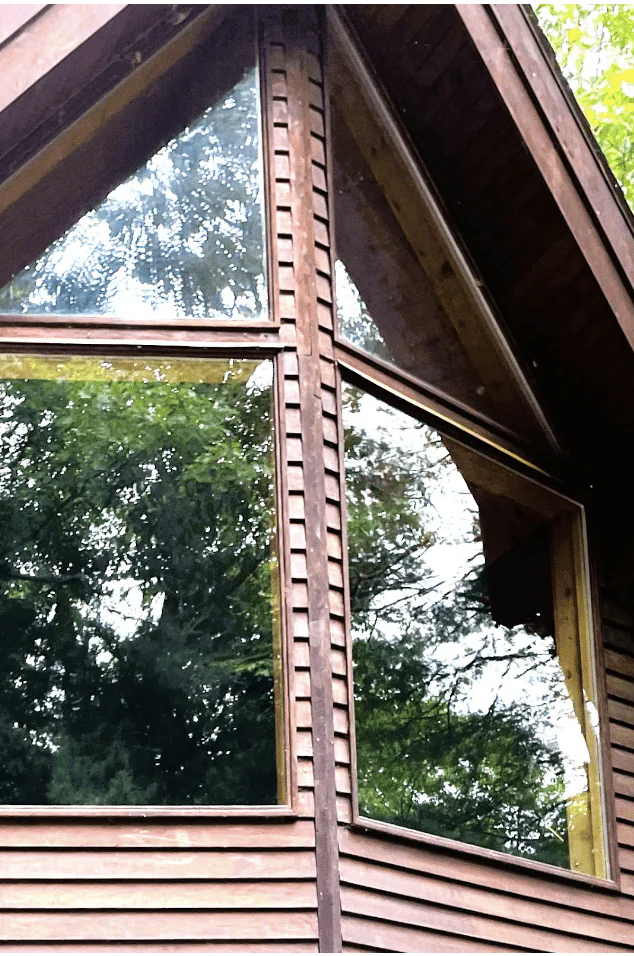

Mandatory Double-Paned Doors: More Than Just a Code Requirement
Since the 1970s, building codes have mandated that exterior doors feature double panes for enhanced energy efficiency and safety.
While most doors can easily accommodate this upgrade, exceptions are exceedingly rare.
Our range includes double and triple-pane options crafted with safety glass, suitable for various entries, including sliders, patio, French, and front doors.
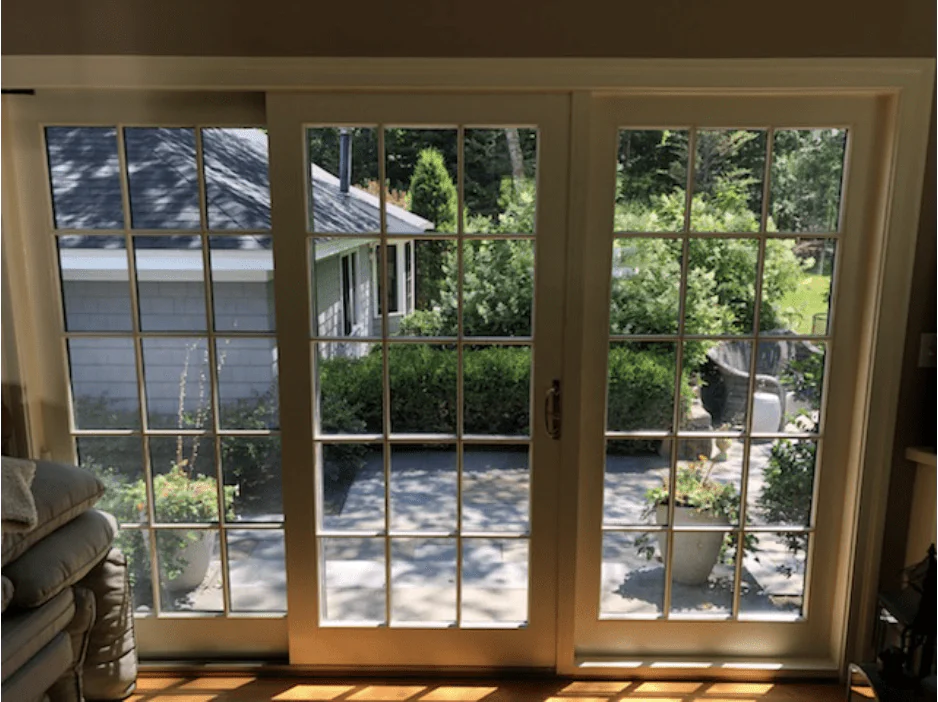

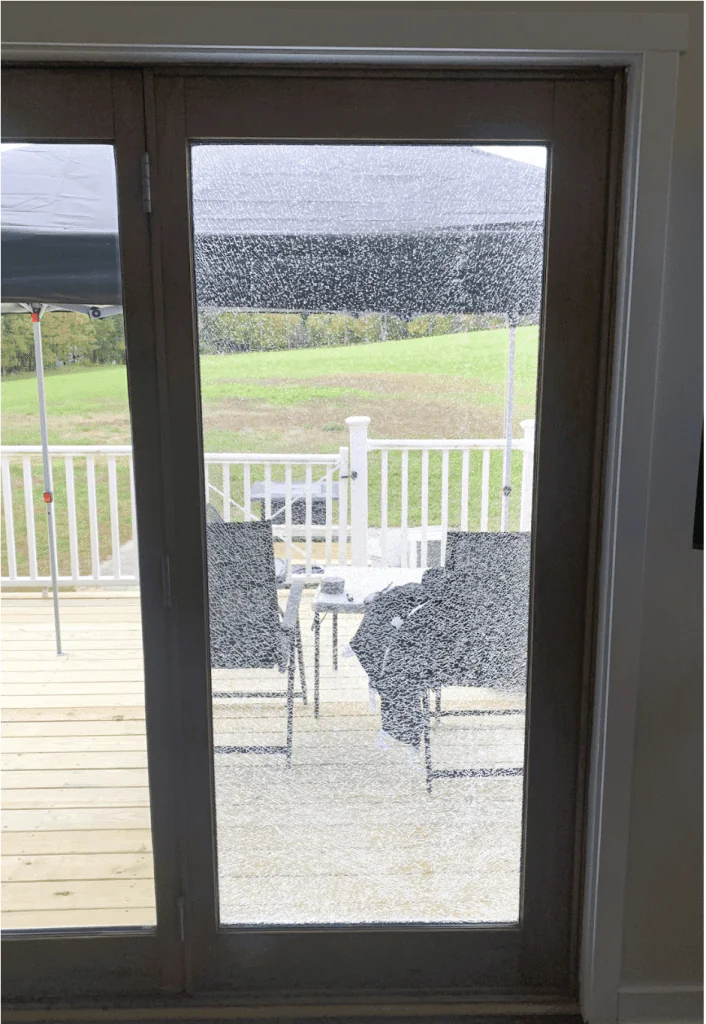

Safety Glass and Security Glass
Passage doors, and sidelights and window glass within 24” of the door, must use safety glass.
Glass in a “wet” room must be safety glass which includes bathrooms with tubs or showers within five feet of a window. Most building inspectors will want all glass in a “wet” room to be safety glass, period.
Windows larger than nine square feet may need to have safety glass depending on their location.
Safety and Security: Beyond Just Glass
Whether it’s a passage door, sidelight, or any window within 24 inches of a door, safety glass is non-negotiable. The same applies to “wet” rooms, like bathrooms with tubs or showers within five feet of a window.
Most building inspectors will insist on safety glass for all windows in such spaces. Additionally, windows larger than nine square feet may require safety glass, depending on their location.
A Closer Look at Tempered and Laminated Glass
When it comes to safety glass in double and triple-pane units, tempered glass is the go-to option. It’s four times stronger than traditional “annealed” glass and breaks into small, less hazardous pebble-like broken glass pieces. It’s a popular choice for many, economically priced and lightweight, with a standard thickness of 1/8″.
Laminated replacement glass is another widely utilized option. Comprising two glass panes with a PVB (polyvinyl butyral) interlayer, laminated glass was initially designed for windshields and offers unique benefits.
Laminated glass is difficult to penetrate, providing added security against break-ins, and is commonly used in storefronts to prevent “smash and grab” incidents. Moreover, laminated glass provides superior insulation, blocks up to 98% of UV rays, and significantly reduces noise.
For a closer look into the advantages of safety glass, feel free to explore our dedicated safety glass page.


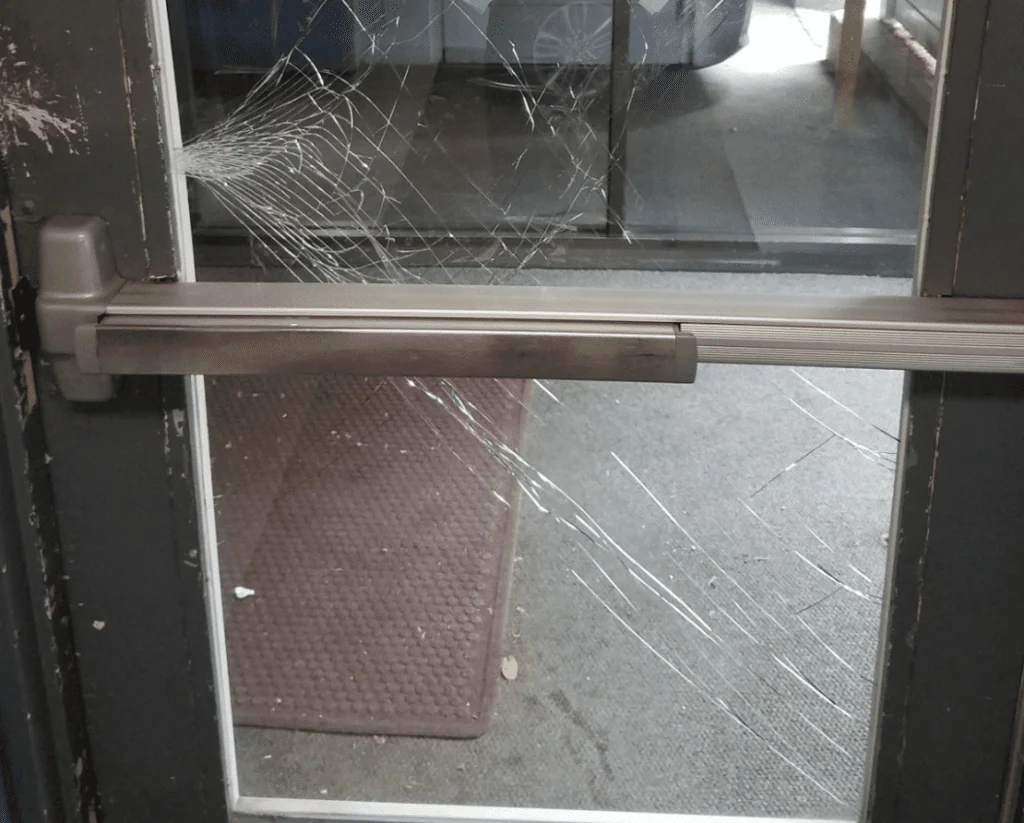

For more comprehensive information on safety glass and its benefits, visit our safety glass page.
Navigating the Specifics of Skylight Replacement
When it comes to skylights, the stakes are exceptionally high, given that any broken glass from above could be catastrophic. Issues can arise from external objects like falling branches or birds striking the glass or internal problems such as seal failure leading to fogging.
Our replacement insulated glass skylights are meticulously engineered to combine tempered glass outside for added break resistance and laminated glass on the inside to hold the pane in place and block debris. For more insights on skylight glass, click here.
For more on skylight glass click here.


A Palette of Specialty Glass Choices
Double and triple-pane units offer various glass types tailored to your needs. You can opt for decorative or privacy glass on one side while incorporating low-E glass on the other for optimal energy efficiency.
Adding a filling of argon gas gives you a glass unit that melds aesthetic appeal and functional prowess.
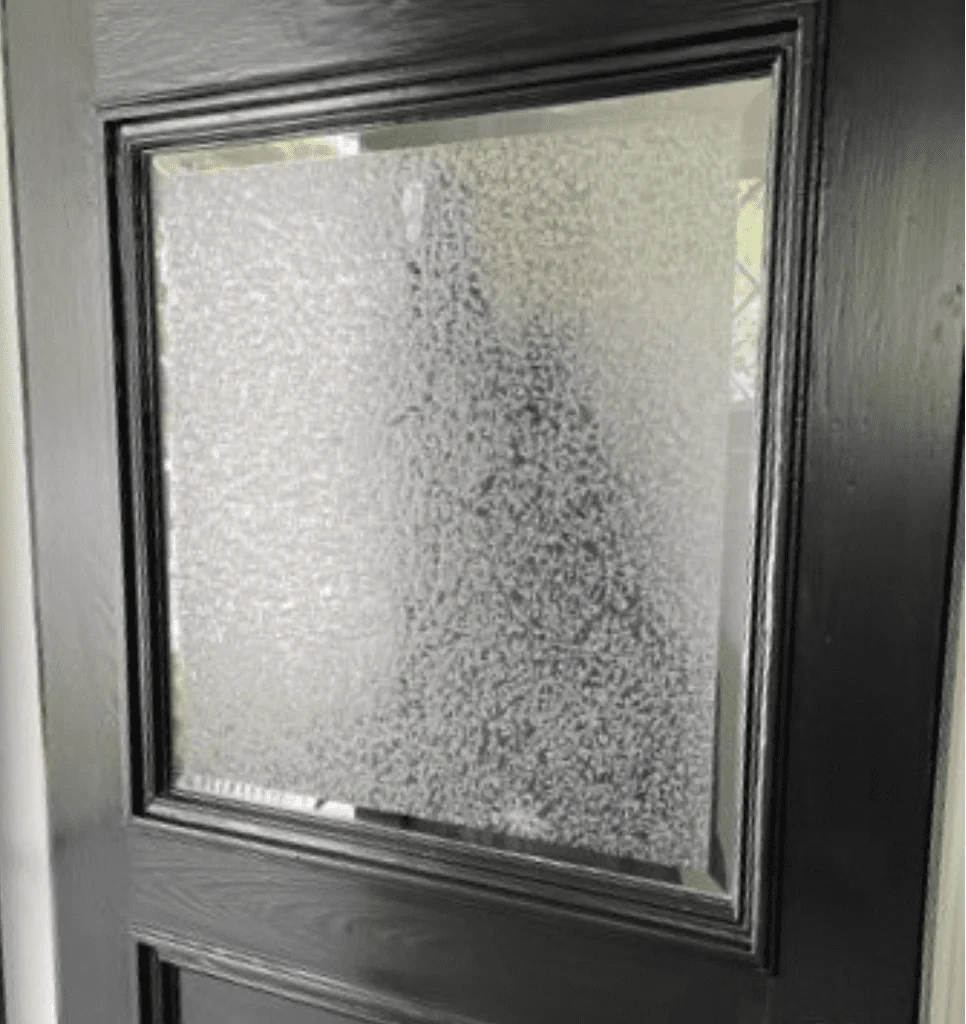



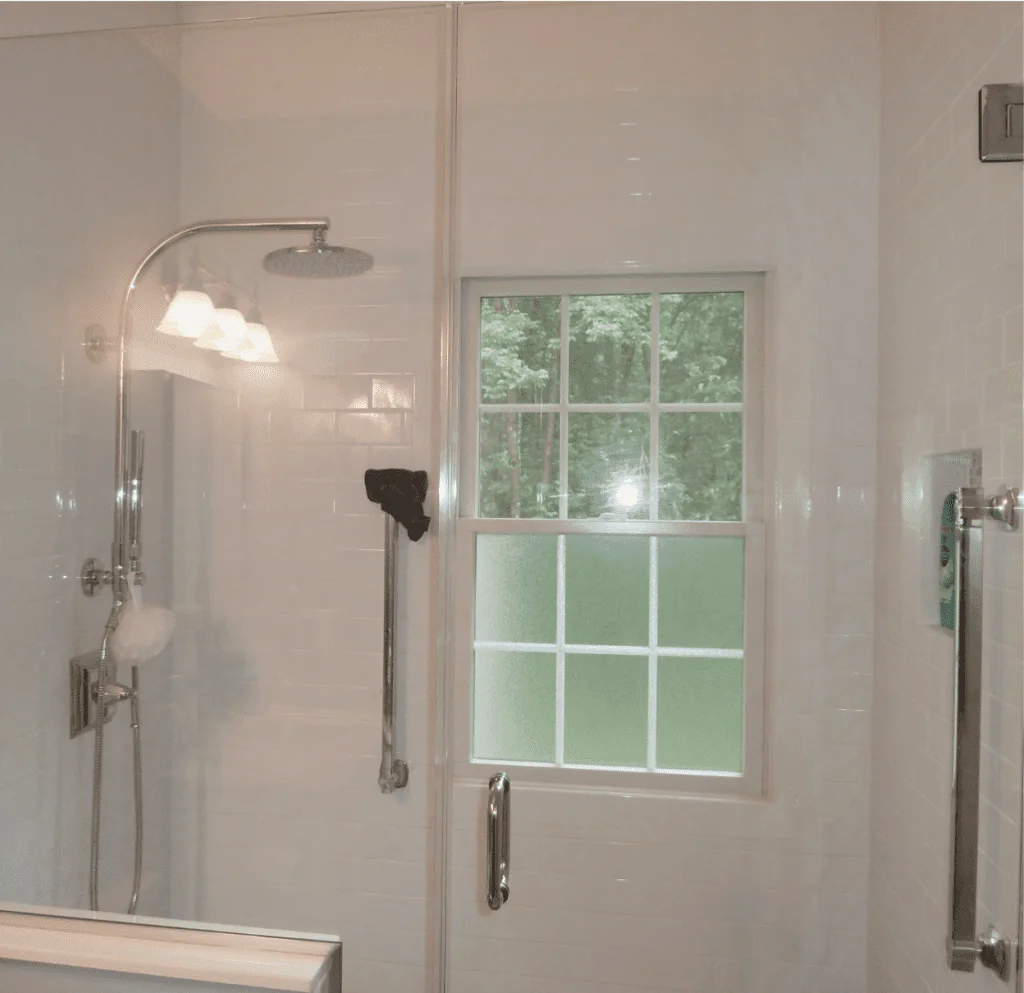

Preserving the Past with Historic Glass Options
Replacing a broken window can pose unique challenges for homes rich in history and architectural detail. Whether the issue is structural damage, energy inefficiency, or aesthetic continuity, homeowners often attempt to salvage the existing window, sometimes adding storm windows as a supplement.
When restoration isn’t feasible or doesn’t meet expectations, insulated glass replacement becomes necessary. For those desiring the undulating charm of wavy glass, we can craft an insulated glass window that will comply with local historical standards
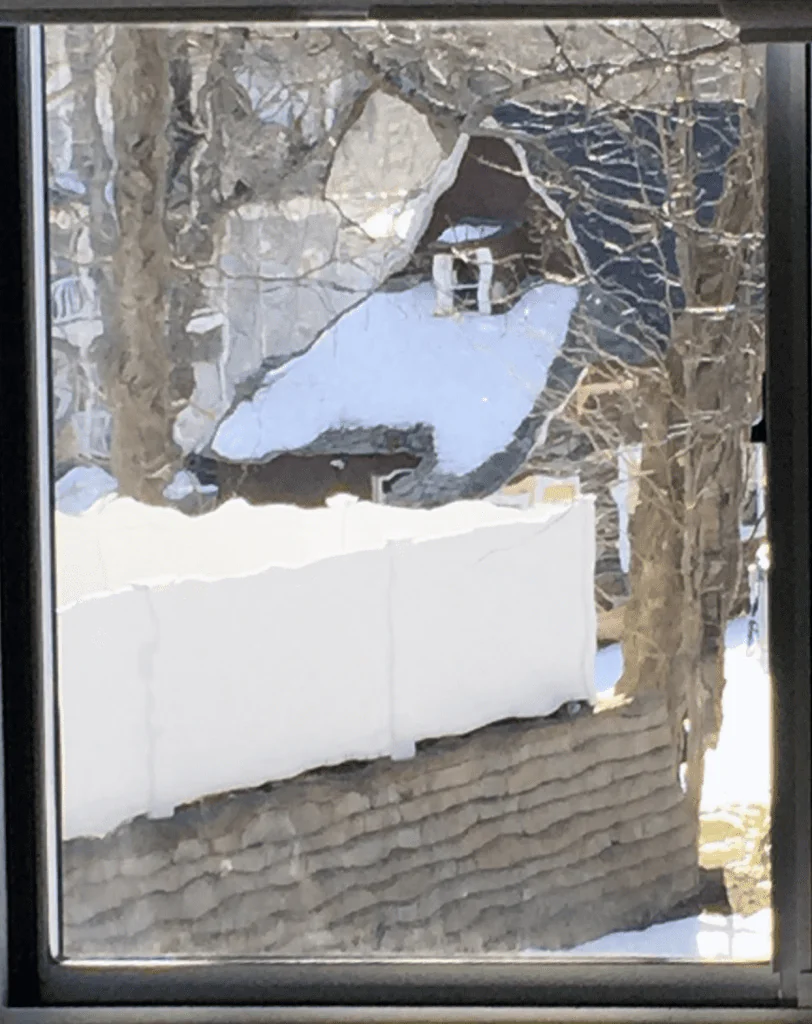

The Art of Grid Work
While they don’t impact functionality, the grids sandwiched between many double-pane units add unique decorative flair.
We can replace these grids or fabricate new double and triple-pane units to match the existing grid in size, shape, and pattern.
It’s important to note that we cannot incorporate custom-painted grids as the paint may emit fumes that compromise the unit’s seals.
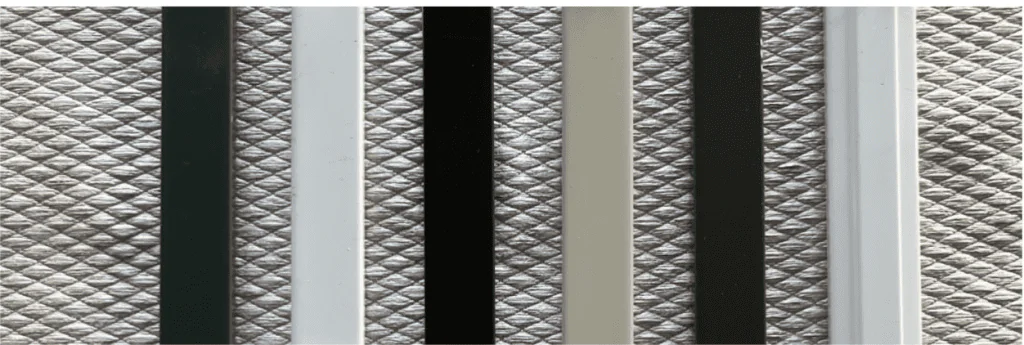







Solutions for Storefront and Commercial Spaces
The glass requirements for commercial buildings are unique and often multifaceted. Whether you need laminated glass for enhanced security against a smash and grab break in or tinted specialty low-E glass for aesthetic and functional reasons, we’ve got you covered. Our team can provide a custom quote tailored to your needs.
Reach out to us today via phone or email with your questions. We’re committed to delivering exemplary service and high-quality insulated glass products that save money and guarantee your complete satisfaction.




Choose Pioneer Glass for All Your Replacement Double-Pane Glass Needs
Whether it’s upgrading your windows to meet building codes, enhancing the aesthetic appeal of your home, or addressing specific needs like skylights and commercial glass—Pioneer Glass has you covered with customized solutions.
Proudly serving all of Worchester, including Westborough, Shrewsbury, and Hopkinton, we offer quality products and impeccable customer service. With our expert advice and extensive range of services, making the right choice for your insulated glass replacement needs has never been easier. So why wait?
Contact us today for a customized quote or to consult our team of experts. Let Pioneer Glass be your trusted partner in achieving the comfort, energy efficiency, and beauty you seek for your home or business. Reach us at [email protected] or call 508-234-7063 to launch your project with confidence.
Additional resources:
- Double & Triple Pane Insulated Glass Replacement Options Massachusetts
- Let the Sun Shine: Skylight Replacement Glass
- Transforming Your Bathroom with Sliding Shower and Tub Doors: A Complete Guide
- Double Pane Glass Units – Custom Made to Order
- Sliding Patio Door Glass Replacement
- Exterior Door Glass Replacement
- Casement Window Replacement Glass
- Palladian and Arched Window Replacement Glass
- Bay Windows and Bow Windows: Glass Replacement and Repair
- Custom Wavy Glass Double Pane Replacement Units
- Replacement Double Panes for Doors and Windows FAQ

